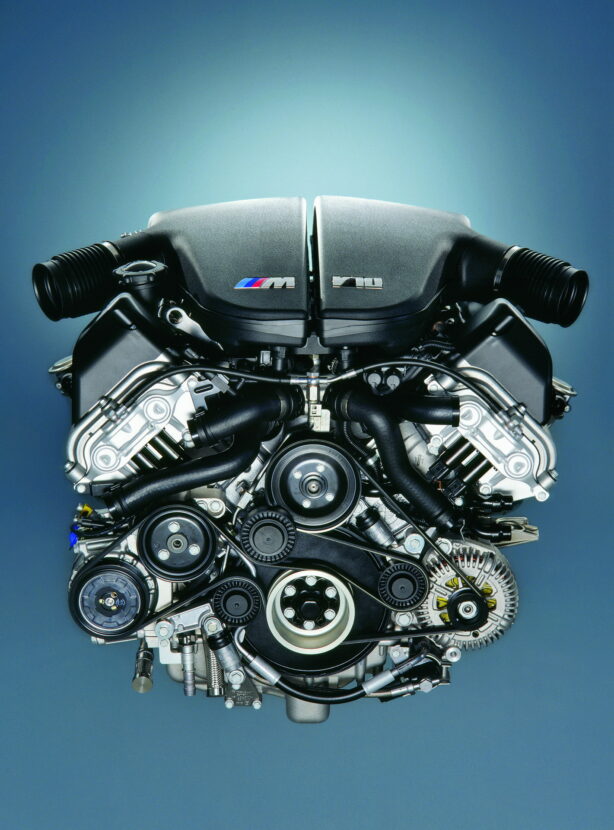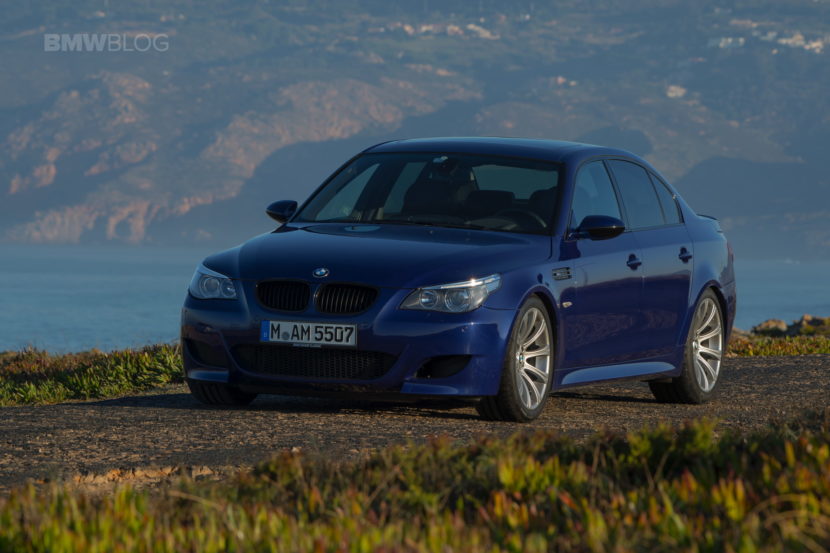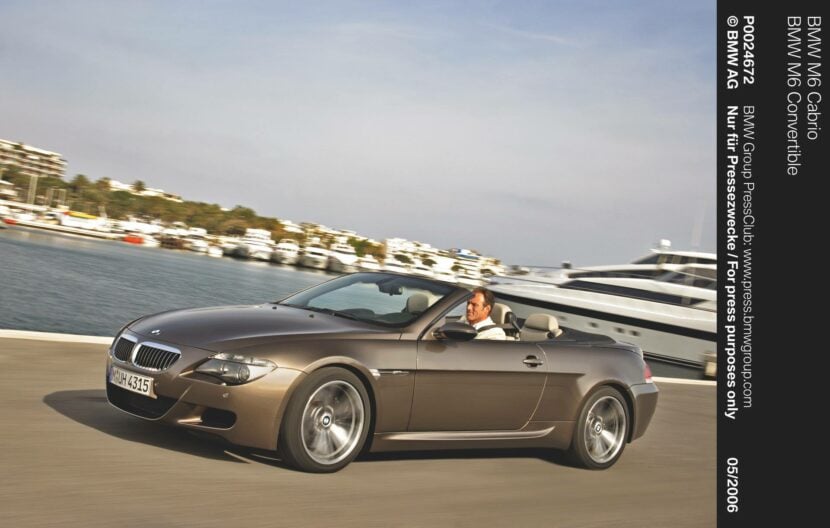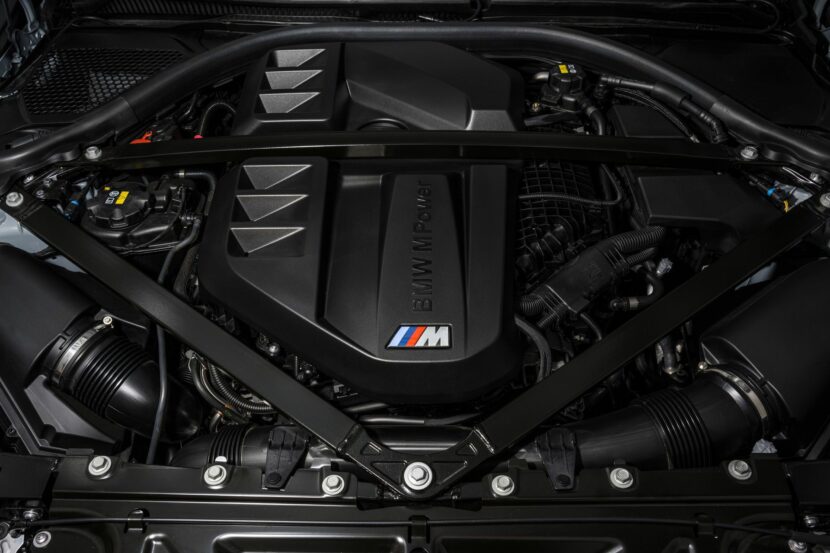With all the hype surrounding BMW’s V10 ‘S85’ engine, you’d think the Bavarians were dropping it in everything. It’s one of the most beloved BMW engines of all time, thanks to its high-revving, eardrum-shattering nature. However, BMW only actually ever used it in two different cars.
About the V10
First let’s talk a little bit about the S85 V10. The S85 is the only V10 production engine in BMW’s history. BMW M made V10s for Formula 1 back in the ’90s but the S85 was the only such engine in production road cars. It’s a naturally-aspirated 5.0-liter that makes 500 horsepower and 384 lb-ft of torque. Peak horsepower comes in at 7,750 rpm, while peak torque is around 6,100 rpm. It also revs to 8,250 rpm. In its higher rev range, the S85 makes one of the greatest sounds of any production engine in history. It’s glorious.
There are some enthusiasts who say the S85 is a road-going version of BMW’s F1 V10. That isn’t true. However, BMW did use some of the lessons it learned from building its F1 V10 engines when it developed the S85. Outside of that, though, the S85 was a clean-sheet design. Now, let’s get to the cars BMW stuffed it into.
E60/E61 M5
This is the most famous car. The E60 M5 was a fascinating car because its S85 engine is really the only thing it’s known for. Sure, it handles OK, it can fit a family of five inside, and it’s reasonably quick. However, the E60-generation 5 Series was mocked for its unusual design at the time, its interior was overly complicated, the early iDrive systems were terrible, and it was hopelessly unreliable. However, that engine made up for all of it.
The charismatic V10 revved and roared its way into enthusiasts’ hearts, making them forget the rest of the car’s faults. The S85 engine was the ultimate blindfold, capable of shielding its owners from the inevitability of the E60 M5’s headaches. What’s interesting is that it also succeeded in spite of its transmission. In America, the E60 M5 was available with a manual gearbox but in Europe it was only available with the dreadful SMG (sequential manual gearbox). Despite that horrid transmission, the S85 engine still shined. To overcome that hateful single-clutch mistake, the S85 needed to be seriously special and it was.
Making things even better was the E61 M5 Touring. As a wagon, the E61 M5 Touring became the ultimate enthusiast’s desire. How many other five-door wagons have you heard of that have naturally-aspirated V10 engines? Not many, right? Exactly.
E63/E64 M6
The only other car BMW ever put the S85 engine in was the E63 M6 Coupe and E64 M6 Convertible. Mechanically, the M6 was incredibly similar to the M5. They shared a similar chassis and suspension, so the felt pretty much the same. Plus, they both had the same screaming V10. The only real difference was in style. The BMW M6, while not a looker, had a design that fit the V10 a bit more. Its outlandish coupe and convertible design made the M6 a bit more exciting than the M5. However, for what it’s worth, I think the E60 M5 is better looking.
It’s the E64 M6 Convertible you want, though. The best part of every S85-powered car was the S85 V10 itself. And the best part of the S85 V10 is its noise. So why not drop the top and hear more of it? Sure, it looks wonky and it’s a bit sloppy through corners. However, you’ll care not when you’re hustling on a mountain road and the motorsport wail of BMW’s V10 is bouncing off the rock walls and into your ears, completely uncorrupted by a pesky roof.
Both M6s came with the same transmissions options as the M5. That meant a six-speed manual or a six-speed SMG. If you chose the SMG, you weren’t truly experiencing it, though. Pairing the V10 with a manual was one of the best parts of its existence. Giving it an SMG is neutering it. Not only does it make the engine worse to use but it delays the engine’s performance.
Just the Two of US
That’s it. As iconic as BMW’s V10 engine is, it only powered two different models (four model variants in total). However, it’s a testament to the engine’s charisma and charm if it made such a lasting impression while only being used in two cars for really only one generation.







































































